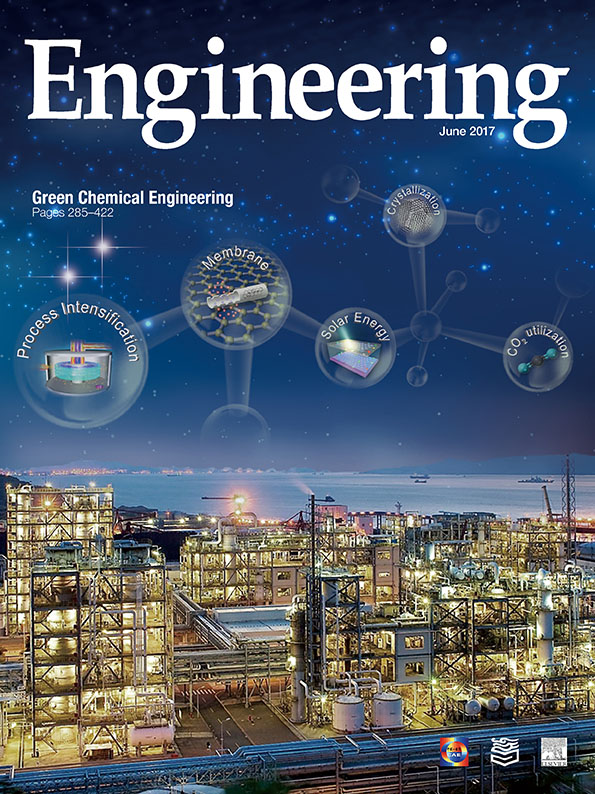
The industrial revolution helped to improve living standards and dramat- ically increase the global population; however, it simultaneously caused severe environmental pollution and the issue of climate warming due to the rapid consumption of fossil-based energy. For example, although chem- ical products address the needs and demands of daily life, their production also consumes massive quantities of natural resources and generatesunwanted byproducts. Modern chemical engineering is wide- ly involved in industrial processes, and much research effort is needed to optimize the design of chemical processes and efficient catalysts. Chemical engineers are working to develop solutions to problems including energy and raw materials shortage, sustaina- ble water supply and wastewater treatment, carbon capture and utilization, improved clean and renewable energy sources, and the green and economic production of vaccines and drugs. Therefore, this themed issue aims to highlight recent advances and develop- ments in green chemical engineering (i.e., green product engineer- ing and green process engineering), including green caprolactam production, the design and application of membrane materials and zeolite catalysts, wastewater treatment, carbon dioxide (CO2) hydrogenation, biogas production, photocatalysis, and pharmaceu- tical crystallization.
With the support of the Chinese Academy of Engineering, it has been our great honour to invite academicians and renowned re- searchers from Australia, Canada, China, Germany, Italy, the Nether- lands, the United States, and other countries to report on the latest developments in the field of green chemical engineering, and to ex- plore strategies to address future development and challenges. We would like to thank the contributors of this special issue for provid- ing their valuable manuscripts, which will surely make this themed issue a great success, as well as the reviewers for their responsibility and dedication. We would also like to thank the editorial team of Engineering and the Chinese Academy of Engineering for their great efforts to assemble this excellent issue. We sincerely hope that you will find this special issue useful in your research and work.













 京公网安备 11010502051620号
京公网安备 11010502051620号




